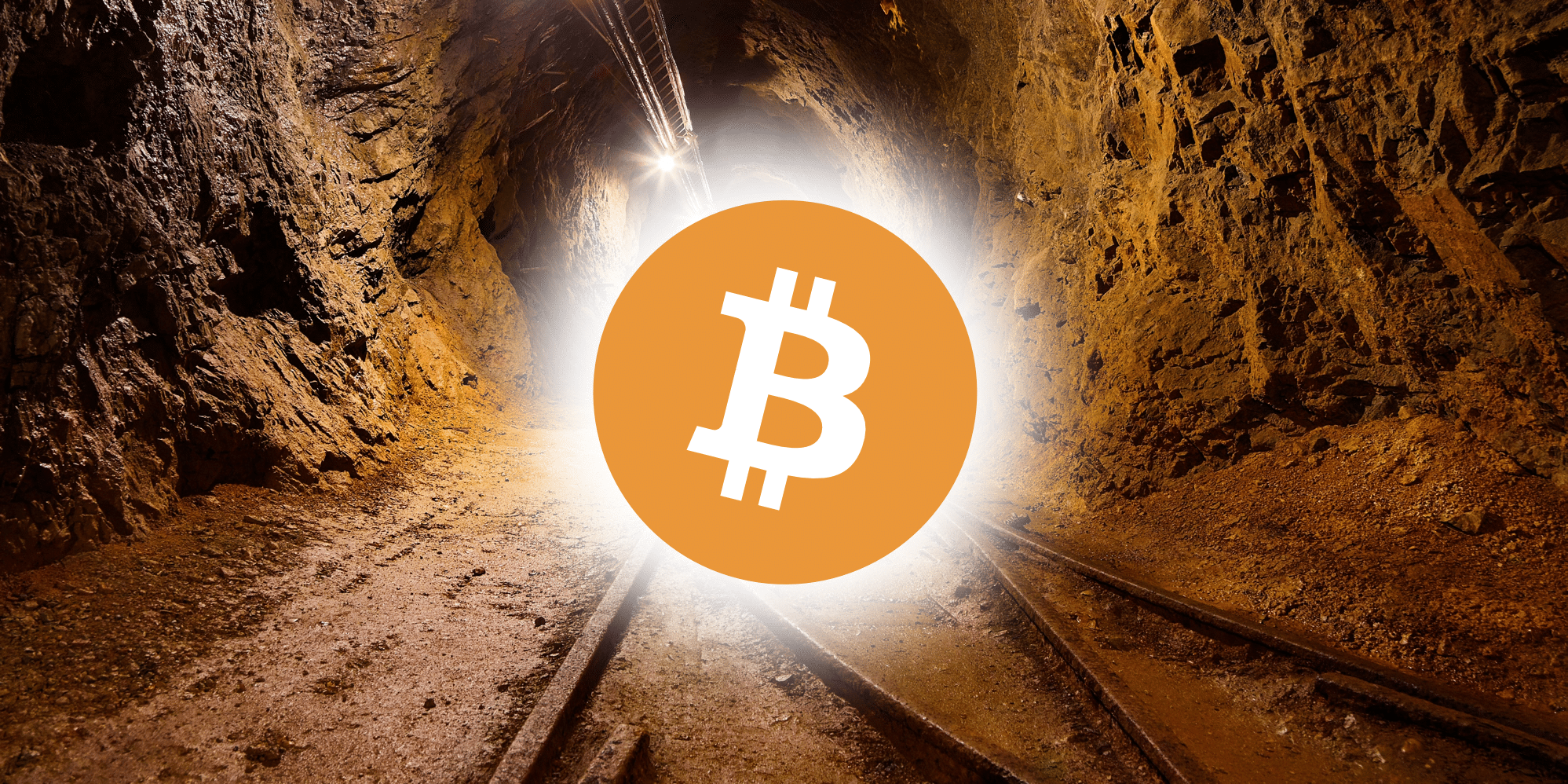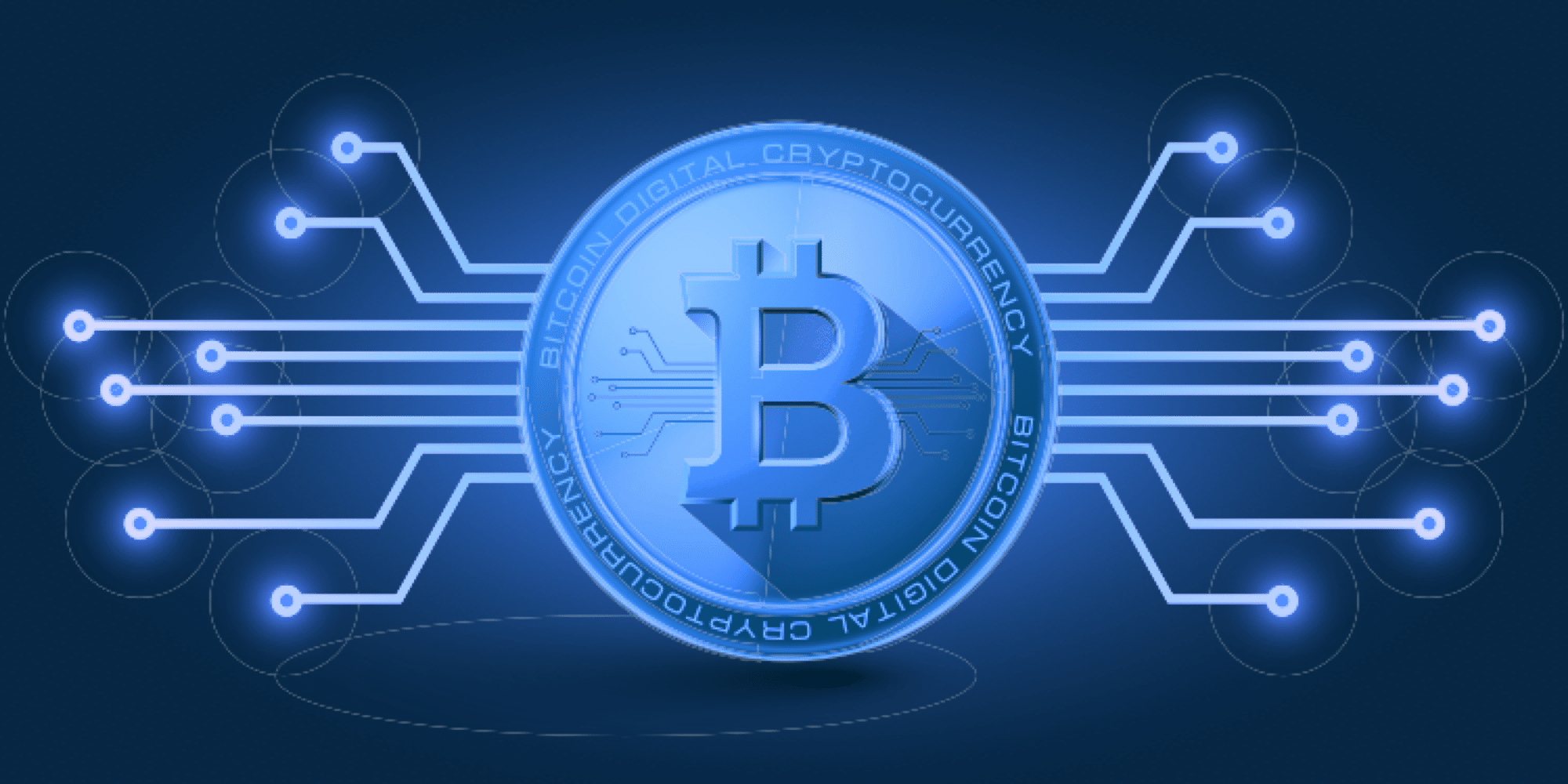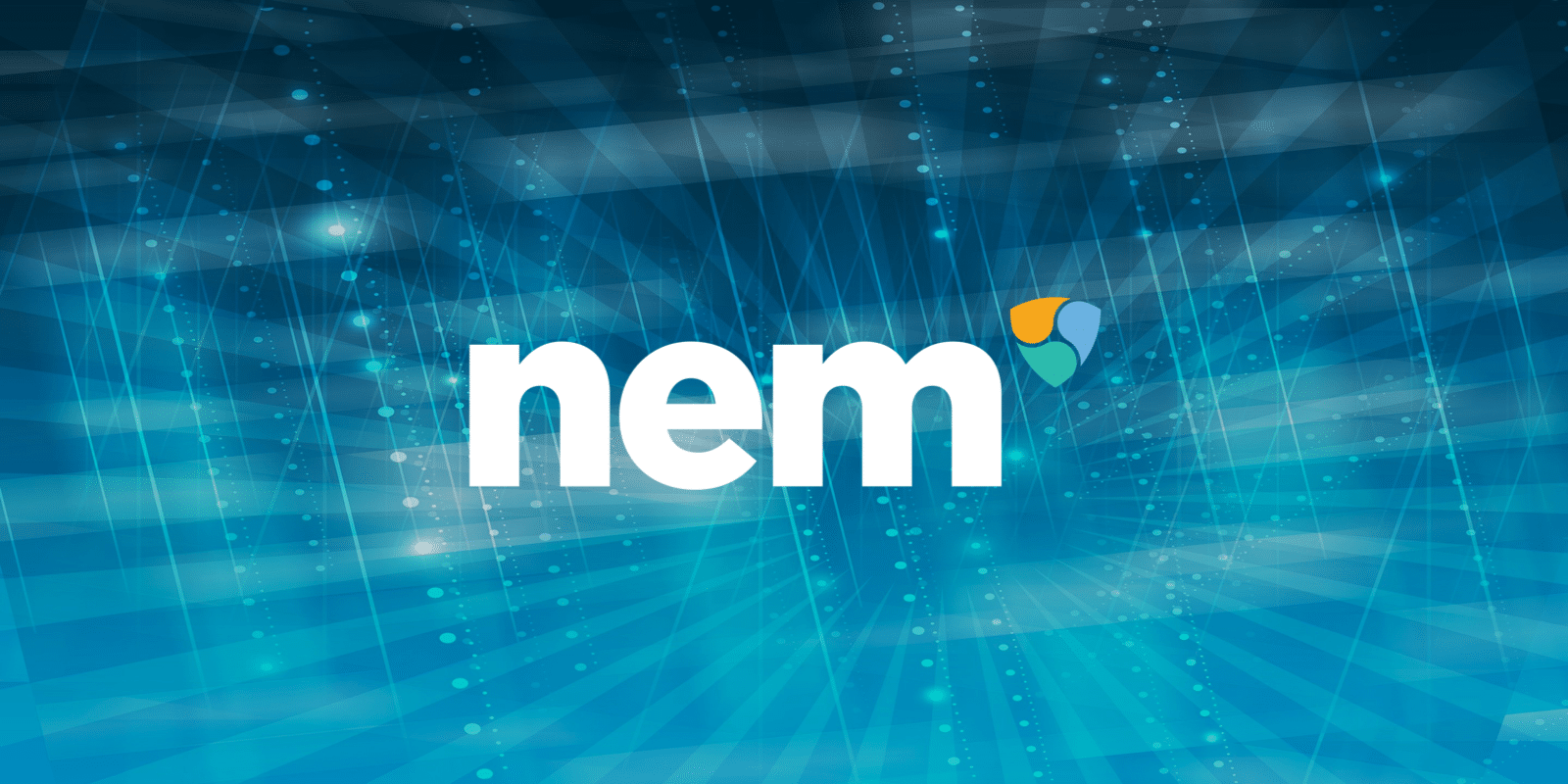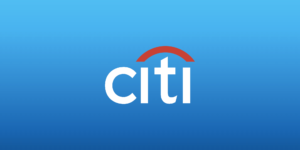- The Internet of Value
- Validation
- Security Risks
- Two-Way Learning via Blockchain Higher Education Systems
- Customized Teaching Using Blockchain Higher Education
- Expanding the Classroom with Blockchain Higher Education Systems
- Rewards Systems
- Collaboration Within Blockchain Higher Education
- Blockchain Higher Education - New Curriculum
Blockchain technology is one of the most revolutionary concepts of our era, and it’s transforming the manner in which personal and businesses interactions take place on a global scale. The technology provides a more secure and cost-effective alternative to the status quo. These benefits are precisely why it shouldn’t be a huge surprise to learn that blockchain higher education technology is now playing an ever-growing role in our educational systems. In seconds, blockchain technology accomplishes tasks that what once required significant staff such as monitoring, securing, and validating.
The Internet of Value
The internet is perfect for sending a copy of, say, an email or lecture, but only when coupled with blockchain technology, can the original document be sent, or its authenticity verified. This use of blockchain protocols makes it possible to send value rather than just information online. For example, a person could send over a virtual degree instead of just a copy. It’s the equivalent of having your educational credentials in your pocket. These possibilities are having a resounding effect on the entire educational sector. The last year has been an exciting one for the blockchain community, and the melding of this technology with the educational industry is a welcomed merger.
Validation
The cost associated with verifying student accreditations, and the time involved in the requesting process, limits employers from ascertaining potential new hires’ educational merits. A blockchain-based system would allow students the ability to prove their academic skills when searching for employment directly, without delays, and at a much cheaper rate.
Currently, universities charge an average of around $8 to send your transcripts abroad. You can imagine that this price point is a combination of the cost of creating, filing, and referencing your document. This price could be less than $0.01 and still be profitable in a blockchain-based system.
Electronics giant Sony has seen the need for this type of platform, and they have already created a blockchain higher education verification system that is getting considerable use globally. The service allows schools to manage transcripts and scores through a digital portal. The platform was made possible through a partnership with IBM.
Security Risks
The problem with a paper or even digital-based transcript systems is the risk of it being altered, hacked, destroyed, deleted, copied, and more. Documents can be lost forever if destroyed. Likewise, duplication and alterations of digital versions of documents happen often. These concerns grew after hackers targeted several high-profile schools in the last few years.
Personal data can become public following an attack on servers. Some schools such as Ohio State, the University of California – Berkeley, and the University of Wisconsin were all recently hacked. The added security provided by a blockchain system could help alleviate these problems and keep student’s personal information safer at a more agreeable cost.

Two-Way Learning via Blockchain Higher Education Systems
Today’s students want to learn in an interactive environment that rewards them for their contributions. Blockchain protocols allow monitoring of student activities in real-time. This feature enables learning technique adjustments based on the situation or even a student’s learning style. In this scenario, the feedback provided by the student is equally as valuable as the curriculum in determining the best content delivery approach.
A recent study conducted by Harvard researchers highlights the benefits of two-way learning systems. The ability to monitor each student’s progress precisely is a massive advantage over the current systems. Today, a professor dictates notes while students scribble the information into notepads. A more interactive approach would allow a student to send the information directly to their long-term memory due to the additional sensory input required in two-way classroom interaction.
Customized Teaching Using Blockchain Higher Education
The gathered data also allows for a more customized learning experience for individuals. This unique approach to curriculum planning could help more students develop to their max potential according to their abilities and within their time schedules. Computer learning portals could automatically monitor a student’s progress and create a curriculum based on the strengths and weaknesses of the student.
[thrive_leads id=’5219′]
Researchers from the University of Maryland found e-learning platforms that function under this premise outperformed classroom learning in most scenarios. The addition of blockchain technology to these systems allows educators to better understand the strengths and weakness of an individual student in real-time.
Expanding the Classroom with Blockchain Higher Education Systems
With blockchain, your classroom accomplishments could transfer into the hiring process with ease. Imagine a scenario where you gain credentials from your real life work experiences. Blockchain computer-based learning systems could monitor student’s professional accomplishments regardless of if they are in the classroom. Project-based learning systems are used extensively by corporations with success. Soon, you may be able to use this information to prove your experience. And this information could be valuable when searching for future employment.
Rewards Systems
Once you can monitor students more efficiently, you could then implement an automated rewards system. This system could consist of a platform that gathers students’ blockchain data and uses it to determine who is most deserving of a scholarship or academic recognition. The protocol could then use a smart contract to send the funds to the student’s account upon receiving the award.
The University of Nicosia in Cypress utilizes a similar system that tracks their students’ records. CNBC first covered the platform in 2016. Since then, educators have expanded the platform to include customized curriculums for students.
Collaboration Within Blockchain Higher Education
Blockchain technology makes it easy to conduct larger, more interpersonal assignments that are also more realistic to today’s work environment. In a corporate environment, it’s common to see large projects developed by numerous people working in tandem. ConsenSys is just one service that provides businesses with an easy way to accomplish these tasks.

The classrooms of the future are all about collaboration. Through the use of blockchain consensus, large amounts of individuals in different regions can vote on changes to a singular project in real-time. Additionally, those working on the project could track their progress. Blockchain technology can monitor each person’s contributions to the project automatically.
Our current education system utilizes competition rather than cooperation. Students compete against each other, and the winner is whoever can fit the teaching style of the professor. Cooperating on tests or other assignments results in harsh punishments. This strategy only helps students develop information rather than the gain the ability to apply this info in a meaningful manner.
Teachers have long been searching for a means to bring more interaction into the classroom. Research has proven this strategy to be extremely productive in the development of students, especially young children. This technology could usher in a new era of student cooperative learning in where classes or even entire learning institutions can work on large-scale educational projects together.
Blockchain Higher Education – New Curriculum
Blockchain technology is ideally suited to handle the demands of our higher educational institutions and students. Schooling is at the core of our society and improvements made to our educational system benefit all sectors. Hopefully, there will be a continued melding of these sectors in the future that will produce more higher education blockchain-based platforms.
Never Miss Another Opportunity! Get hand selected news & info from our Crypto Experts so you can make educated, informed decisions that directly affect your crypto profits. Subscribe to CoinCentral free newsletter now.










